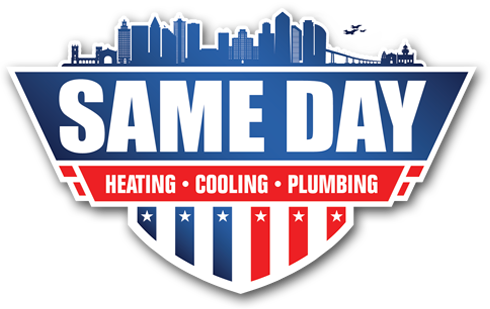Indoor Air Quality Combustion Sources In Your Home
Indoor air quality is a commonly overlooked component of both your own health and that of your home. From indoor pollutants like tobacco and second hand smoke to radon, carbon monoxide, or allergens and other outdoor pollutants that make their way inside, if your home isn’t properly ventilated, a variety of problems can build up. These indoor air pollutants can cause health effects for you like headaches and fatigue in mild cases, and more severe reactions from prolonged exposure. These pollutants can also serve as possible combustion sources to potentially damage your home.
Combustible Indoor Pollutants
The most common sources of indoor air pollutants are heaters, such as fireplaces, that rely on gas to power them. If you have any of these:
- Gas fireplaces
- Gas-powered space heaters
- Gas and wood stoves
Make sure you’re regularly servicing it to avoid any issues from combustible pollutants in your home. If you have any suspicion that your gas appliances may not be functioning properly, get outside and call your local utility. If you’ve been using petroleum-based products, or any other flammable products either in the home or in the garage, open as many windows as possible, utilize fans to circulate the air, and schedule an HVAC professional to evaluate your indoor air quality.
Causes of Air Pollution at Home
Everyday activities you may not give a second thought to, like idling a car in the garage or even styling your hair, can also increase the amount of combustible air pollutants inside. Combustible pollutants can also come into our homes in the some of the products we use for hobbies like woodworking, yard work, and even personal care. This in mind, it’s important pay attention to how you use:
- Paints and stains that contain propellants like butane or propane
- Finishing and treatment products for wood
- Aerosolized personal care products
- Certain household cleaners
In the case of the car in the garage, the carbon monoxide from the engine can make its way inside, and stay there. Similarly, if you use your garage for hobbies and yard work, it’s important to make sure any gasoline-based products are used in well ventilated areas to make sure excess fumes don’t hitchhike inside to build up.
Using your oven’s cleaning cycle can even contribute to the pollutants in your home’s air that can be combustible. Again, it’s important to make sure when and if you do use the oven cleaning function, that you open plenty of windows and turn on fans to increase air flow and help combustible pollutants find their way outside.
Indoor Air Quality Pollution Protection
A well ventilated home is a safe home. The best way to make sure your home is well ventilated, and also energy efficient, is to have an HVAC professional help you evaluate your current venting system. Our professionals at Same Day can test your indoor air quality and make recommendations about how to improve it, from roof and attic vents, as well as range hoods and heating, cooling, to indoor air purifying solutions.
Tools like radon and carbon monoxide detectors can also provide added peace of mind to make sure your indoor air quality is as safe as it can be. For more information about indoor air quality visit our resource center, or call our HVAC professionals today (619) 762-3044 to schedule an evaluation.
